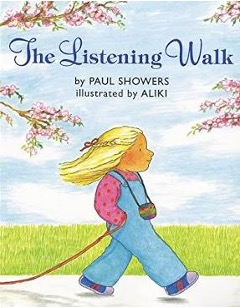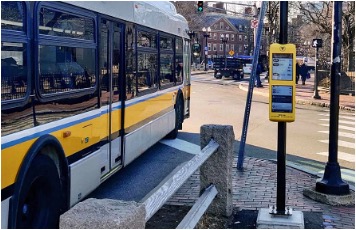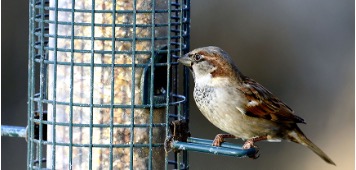Children will: Explore the outdoors and their local community by listening
Children will: Make observations about their surroundings
Educators/Families will: Encourage children to be observant and make connections between their senses and their environment
With warmer weather ahead, it is a great time of year to plan some outdoor activities with your children. One of the simplest and most engaging ways to spend time outdoors is to take a listening walk. Wherever you choose to walk, it is easy to discover interesting sounds, make predictions about where the sounds are coming from, and learn new things about your outdoor environment.
Begin by reading The Listening Walk by Paul Showers and Aliki, or use this link to watch a read-aloud version online. Discuss what happens in the story. What sounds do the characters hear? Why might it be important to walk slowly or to be quiet when you take a listening walk?



Next, plan your own listening walk. Decide where you should take your listening walk and think about the places you will see along the way, such as a school, a park, or a bus stop. When you go on your listening walk through your neighborhood, what sounds might you hear?
Get outside and go on your listening walk! Be sure to take some time to walk slowly and quietly, and discuss some of the interesting sounds you hear. Encourage children to guess what different sounds are or where they are coming from as you all listen, and make connections between what they see and what they hear. If you hear animals such as birds or squirrels, make guesses about what the animals are doing or count how many you see. If you see people walking, biking, or riding the bus, make predictions about where they might be going.
Extend this activity by…
Reading What Joe Saw by Anna Grossnickle Hines, or use this link to watch a read-aloud version online. How was Joe’s walk different from the Listening Walk? Could you walk again and make it similar to Joe’s?
Going on a ‘Counting Walk.’ Think of something you saw or heard often on your listening walk, such as buses, dogs, or stop signs. Predict how many you think you will see along your route, walk again, and count the objects as you see them.
Using art to communicate about your walk. After your listening walk, draw, paint or build something you observed that made that sound. What did it look and sound like?